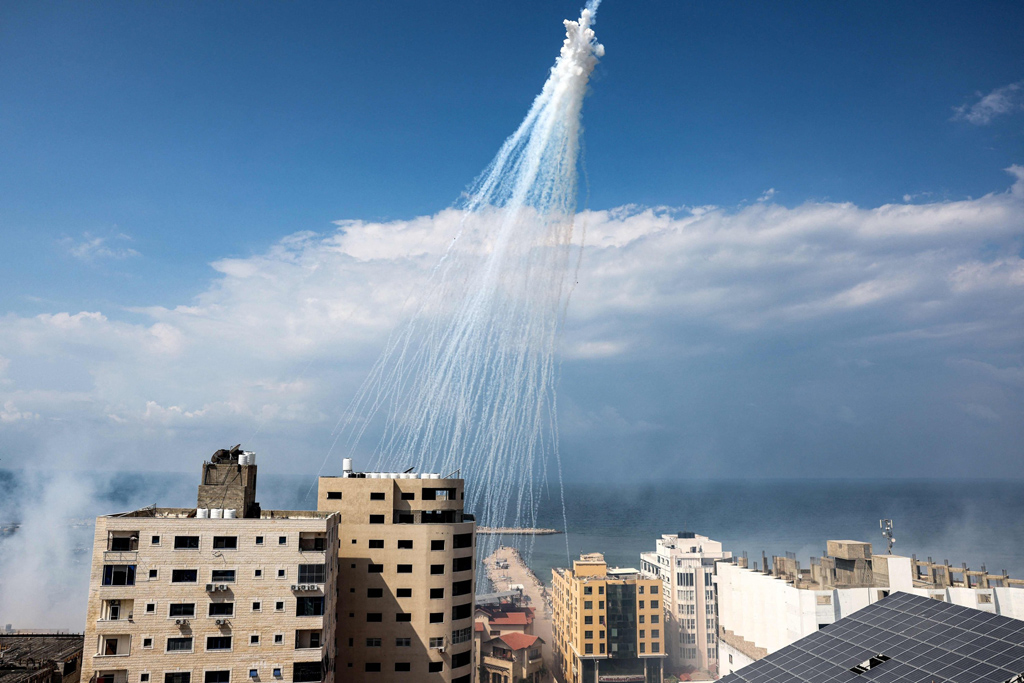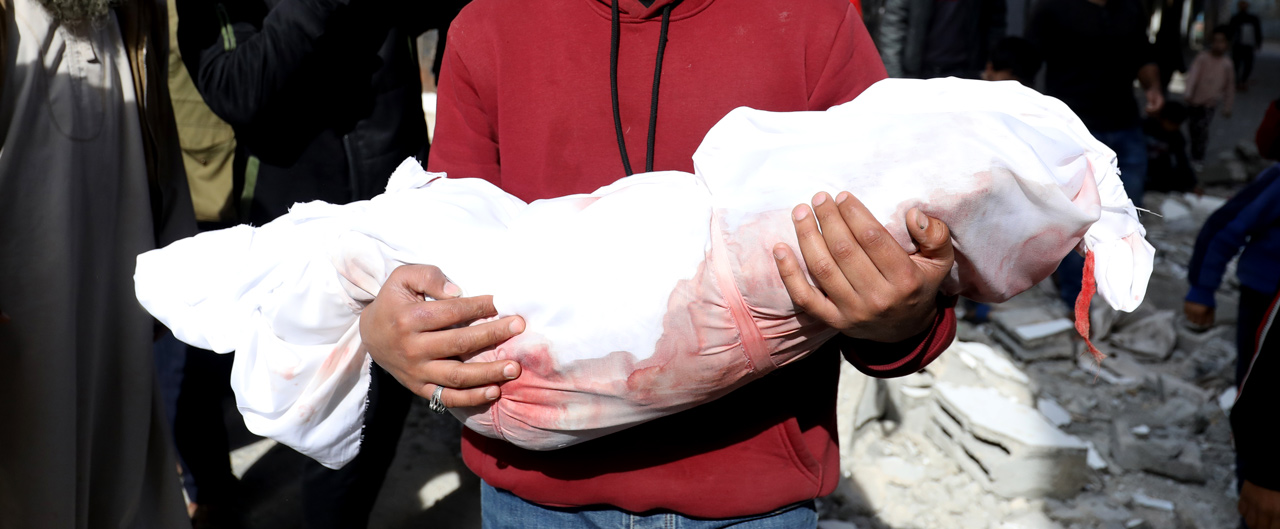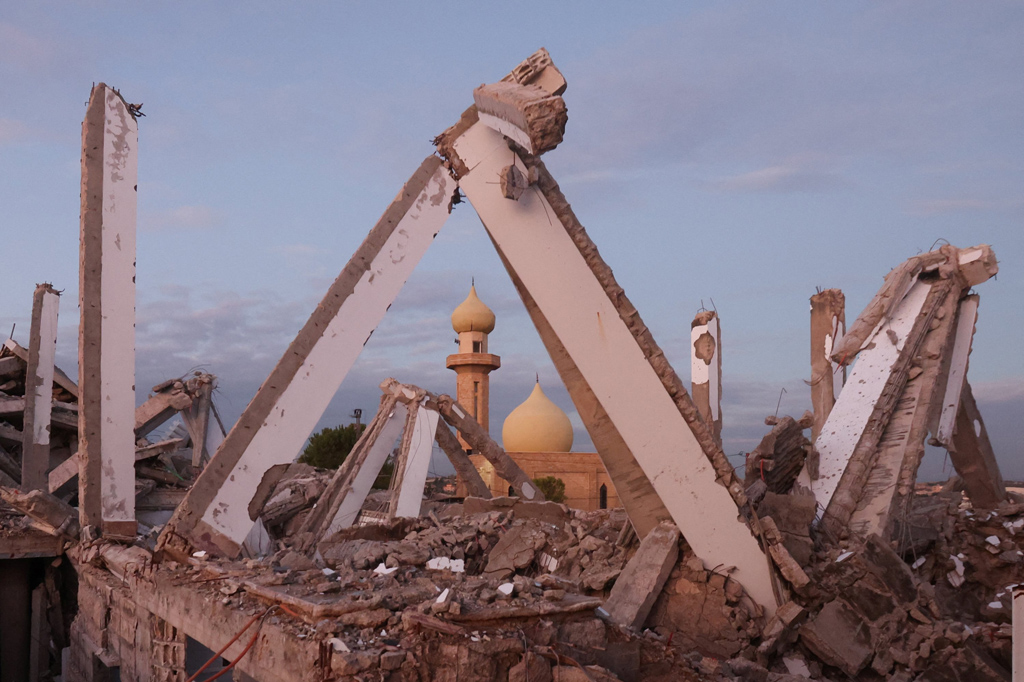Hamas initiated a large incursion into some Israeli cities last weekend, which has led to a new cycle of violence in Palestine. So far, around 900 Israelis have been killed and more than 2,600 people wounded. In addition, Hamas has taken more than 100 people, including many soldiers, as hostages. On the Palestinian side, about 700 people were killed by the Israeli security forces, and several thousands of people were wounded.
Before evaluating the most recent attack, we have to briefly remember the conditions on the ground in the region. Hamas has been ruling the Gaza Strip, one of the three parts of the Palestinian land occupied by Israel, since 1967. There are several decisions made by the United Nations that define these three parts of the land as “the occupied territories.”
The Gaza Strip has been under
the Israeli blockade after its withdrawal from the region in 2005. The Israeli government closed all entry points between Israel and the Gaza Strip and the Gaza International Airport. The people of the region have been punished not only by the Israeli government but also by the international community since the Hamas rule started. All movement of people and goods was halted. And these sanctions, which make the Gaza Strip one of the largest open-air prisons in the world, have continued until today.
Israel has been imposing heavy sanctions against the people of the Gaza Strip. Almost on an annual basis, it attacks the region, especially during the holy month of Ramadan, when the people of the region fast. It has been waging a unilateral war of attrition.
It has sped up its unilateral moves after the Arab insurgencies in 2011. After the collapse of the regimes of many relatively powerful Arab states supporting the Palestinian cause, the Israeli government began to experience the most comfortable period in its history.
However, instead of using this opportunity to solve the problem, it has exploited the regional conditions. Together with the United States government, especially during the Trump administration, the Israeli government tried to impose conditions on the regional states. The so-called “deal of the century” project and the Abraham Accords, which were not the results of real negotiations between the conflicting sides, were part of this process.
The continuous influx of new so-called settlers (invaders), the destruction of the Palestinians on a daily basis to open up new land for the so-called settlement policies, the persistent violations of human rights and the unilateral policies of the Israeli government toward the issue ended up with the explosion. In other words, the Israeli policy of continued de-humanization, de-territorialization and de-stateization policies toward the Palestinian people can be considered as the main reason for the latest attack.
It is clear that the new developments may largely change the regional balance of power. Below, I will underline some interrelated points about the latest Hamas attack against Israel and the Israeli retaliation against the Gaza Strip.
The interrelated points
First of all, it seems that Hamas had been preparing for such as large-scale attack against Israel. It decided to initiate the attack on the last day of the Israeli holiday. That is, it seems that the attack is part of Hamas’s long-term planning and strategy. It was a surprise attack executed not from the tunnels as expected but from the air and the land.
Second, the surprise Hamas attack against Israel, which is called the "Al-Aqsa Flood," is the largest and the most effective one. It seems that the attack has shown the potential and the deterrence power of Hamas. The attack has caused some of the worst damage in Israel’s history.
Third, it seems that the Israeli government has underestimated the power of Hamas. There were some reasons for this thinking. For the Israeli government, there was no meaningful threat emanating from any Arab state. On one hand, the revolutionary groups and the powers of change who opposed the authoritarian regimes destroyed the governments in some Arab countries but were crushed later on. Israel was quite content that anti-Israeli actors were destroyed by their respective governments. On the other hand, Israel was about to normalize its relations with many Arab countries via the Abraham Accords. In the end, the Israeli government was sure that there was no power threatening their state. The most recent attack has proven them wrong.
Fourth, Israel’s disproportionate use of force against the Palestinians and its attacks against the symbols of Islam ended the Shiite-Sunni rift in the region. It is generally known that there was a high level of tension between the Iran-led Shiite bloc and the Sunni states and peoples of the region during the post-Arab uprisings period. Particularly, the Israeli attacks against the Al-Aqsa Mosque and the continuous Israeli atrocities against the Palestinians have brought the Shiite and Sunni sects together.
Fifth, the unconstrained policies of the Israeli government will harm the normalization process in the Middle East region. The pressure coming from the Arab streets will put pressure on their respective governments to stop their respective normalization processes, if not take measures against the Israeli government.
Sixth, the most recent developments will hinder the influx of new people to Palestine trying to take over the lands of the Palestinian people. Since it is not problem-free anymore, most likely the Jews living in other countries will be hesitant to move and settle in Israel.
Seventh, it is clearer now that the unilateral steps taken by Israel and the U.S. will not resolve the issue. Concerns of the other side of the issue must be taken into consideration. The U.S. decisions to declare a united Jerusalem as the capital of Israel and the recognition of the annexation of the Golan Heights were against the related U.N. resolutions. Thus, the two countries did not mind violating the principles of international law and alienating most countries in the world.
Eighth, the governments of states favoring conflictual relations in the Middle East, namely Israel and Iran, will consolidate their respective domestic politics. Domestic protests will ease or end in both countries due to the eminence of the external threat. The opposition groups will postpone their criticism against their respective governments. In this context, Iran and Israel may escalate the tension and extend the conflict to other parts of the region.
Ninth, while almost all Western states have declared their support for Israel, most countries in the non-Western part of the world have made more balanced explanations and blamed Israel for the continuation of the occupation. There is an increasing tension between the West and the non-West in many issue areas, and this is one of the most important ones. The cost of Israel’s expansionist policies will be much higher for the West in the near future.
Tenth, Hamas is not an Iranian proxy actor. It has contradicted many fronts during the Arab insurgencies. Hamas has criticized Iran for killing innocent Muslims in Syria and Yemen. Its enmity against Israel is one of the few convergent issues. It is true that Iran has been supporting Hamas against Israel, but it is not true that Hamas is subordinated to Iran. Being a Sunni and Arab national movement, it has independent interests and objectives.
All in all, there are too many factors to mention, since there are too many parameters and a long period of time to take into consideration. Therefore, evaluating the last attack independently is not reasonable. Many processes and actors play significant roles in this issue.
[Daily Sabah, October 12, 2023]







